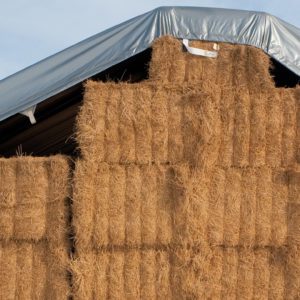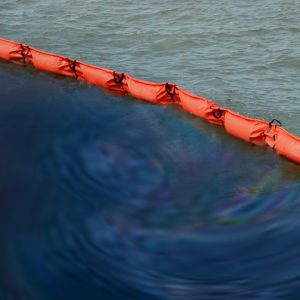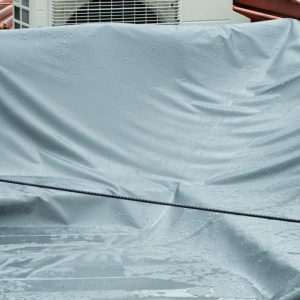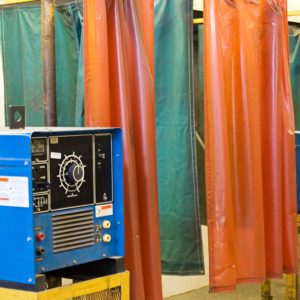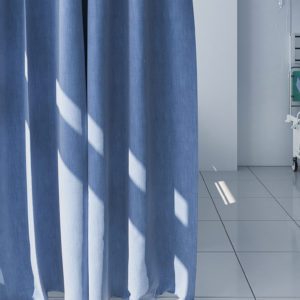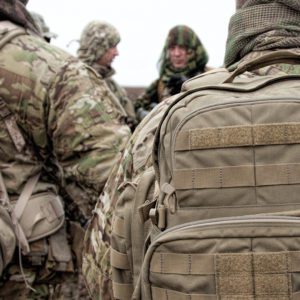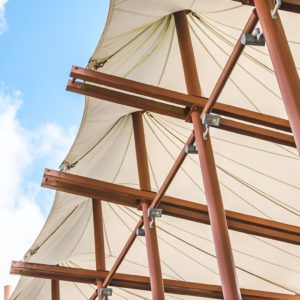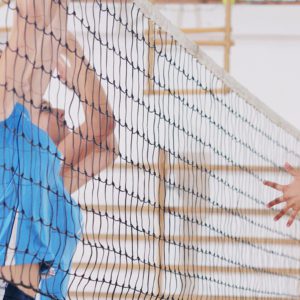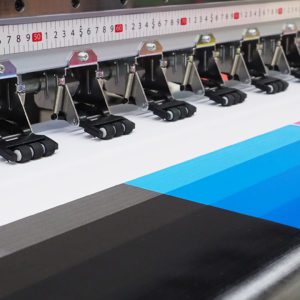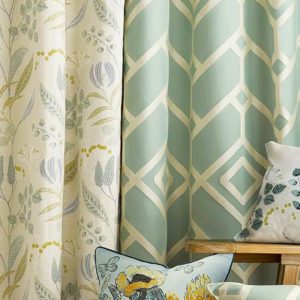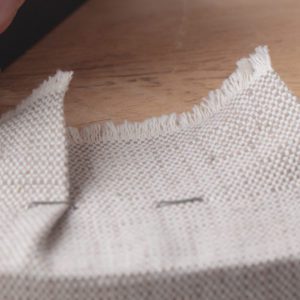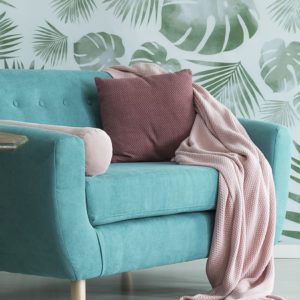Overview
Fabric testing is crucial for maintaining high standards and trust. In the textile industry, maintaining fabric quality is critical, in addition to meeting or exceeding customer requirements. Fabric testing is a way to analyze fabric and verify results objectively.
The Purpose of Fabric Testing
Testing fabric both monitors and validates performance against defined standards. Tests include tensile and tears, abrasion resistance, colorfastness, and more. Third party textile testing ensures that the fabric meets specific customer needs, and that quality and necessary specifications are maintained.
Types of Fabric Testing
In general, there are three main types of fabric tests: In-house testing, mill testing, and third-party testing. There are pros and cons of each, but overall, third-party testing is the most reliable, objective, and well respected globally.
- In-house Fabric Testing: In-house fabric testing is when a manufacturer conducts a test themselves. It’s convenient and can provide immediate feedback. It can also be more cost effective because it eliminates external testing fees and is great for continually monitoring fabric. However, extensive testing equipment is not typically available, and it is more subjective than third-party fabric testing.
- Mill Fabric Testing: Fabric testing at the mills is important because it ensures fabrics meet production standards. It can also save time and costs because fabric doesn’t have to get shipped to labs. However, fabric testing at the mills is usually limited and (like in-house testing) there is subjectivity and a bias towards positive outcomes. Mills may also lack certifications to conduct specific tests.
- Third-Party Fabric Testing: Third-party fabric testing can be more expensive and can take more time, but it provides accredited, unbiased reporting of results. Third-party fabric testing facilities offer a wide range of fabric tests and typically have state-of-the-art equipment with trained and professional testers doing the work. Fabric testing standards are closely adhered to at third-party fabric testing facilities around the world, with test results typically recognized globally.
Certified Fabric Testing Labs
For certain projects, especially for military applications, using certified fabric testing labs is mandatory. These certified fabric testing labs have the necessary credentials to conduct specialized tests that regular mills may not offer, highlighting the importance of third-party fabric testing facilities for specific groups or applications.
Third-party fabric testing is crucial for removing any subjectivity or potential manipulation of testing results; it provides an impartial assessment of fabric quality.
Global Fabric Testing Standards
Using globally recognized labs ensures consistency in testing standards and results, regardless of the fabric’s testing location. This global approach is particularly important for companies with an international presence, to make sure quality is consistent across markets.
Test methods have evolved over time in response to diversification into new fabric types and environmental regulations. This evolution reflects the industry’s adaptability and commitment to staying current with market demands and regulatory requirements.
